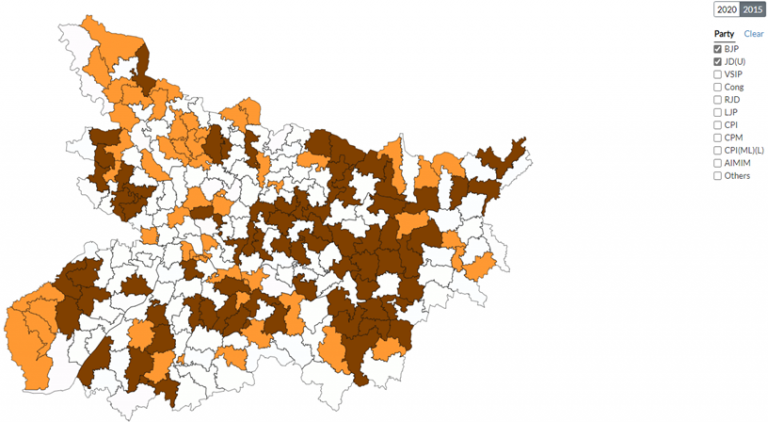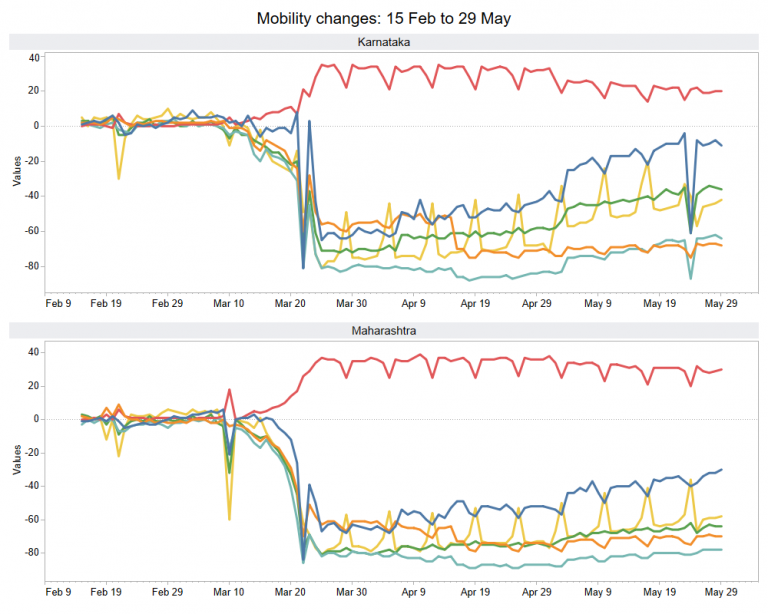Note: this is the first edition of our weekly newsletter, the Databyte. Delivered fresh every Sunday, it offers lateral perspectives on the use of public data in decision-making. To receive it in your inbox, subscribe here.
Struggles away from home
I’ve been living in Delhi for four years now. The last two years though, were spent in agonising pursuit of the perfect Pav Bhaji, at least one that doesn’t have paneer (yikes!). Last week however, the search finally ended. Thanks to a place aptly called Jhakkas Bombay Pav Bhaji.
While admiring that perfectly made plate, I recalled a book by Prof. of Economics at IIM-Ahmedabad, Chinmay Tumbe. The book, India Moving: a history of migration pictures the scale and variety of Indian migration. It covers a lot of terrain and items as diverse as mangoes, dosas and pressure cookers.
He narrates this fascinating story of the spread of Udupi restaurants
In the 1920s, a major flood devastated the Udupi region in 1923. This led to mass migration of men from Udupi to other parts of the country. Between then and the 2011 census, the sex ratio of Udupi never fell below 1090 females per 1000 males. It’s vibrant temple culture enabled these migrants to set up and run restaurants in prominent areas, introducing them to Udupi cuisine.
Chennai, Mysuru and Bengaluru were important destinations initially and later Mumbai. Matunga, in Mumbai is a bastion of South Indian migrants with several famous Udupi restaurants set up there in the 1930s and 40s. Eventually, it breached national boundaries.
This expansion did not take place through franchisees, but by migration and community networks. Remittances flowing back into the district have helped Udupi prosper. It is the second-best performing district on human development indicators in Karnataka, after Bangalore.
A common factor across migration patterns in India is circular and return migration.
- Circular migration: when people continually migrate between their origin and destination in cycles. Typically, during harvest seasons and festivals. Last year, 78 special trains introduced by Indian railways made 519 trips during Diwali and Chhath Puja from Delhi alone.
- Return migration: when retirement brings these migrants back home.
When these migrants travel back to their origins, they bring back a piece of their lives from urban areas. Products or experiences that have formed a vital part of their migrant lives, but are unavailable back in the rural areas.
Many in the rural areas are introduced to new products and services through friends and families returning from urban centres on festivals.
Last year, Census released the decadal data on migration. It is a treasure-trove of information that can be used by researchers and businesses alike.
189,802 migrants from Udupi have migrated to other parts of the state. That’s 18.5% of all people born in the district. Of these, 125,793 migrated to districts of Bengaluru. More have migrated to other parts of the country.
Nationally, 37.9% of the people in the country are migrants – either within their home state or outside.
See the interactive here.

Corona Virus – how has India survived?
Well, that’s a question on all our minds. One answer to that may be the fact that the Indian supply chain does not have as deep linkages with China as the western nations have.
But, if you like me wanted to understand the corona virus a bit more deeply, this 150+ tweets long thread by a microbiologist is a great place to start.
It breaks down important topics – from origins to containment efforts in a very readable manner.
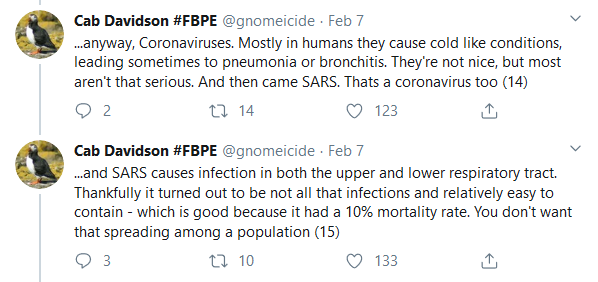
While the new corona virus, nCoVID-19 may not have a fatality rate as dangerous as it’s cousin SARS, it has spread with ferocious velocity. First detected on 26th February, 2003, SARS took 130 days for the first 1000 people to be infected. CoVID-19 took just 48 hours.
To understand how grim the situation in China could be, Chinese medical staff outlined the extreme working conditions and requested urgent international medical assistance. The correspondence, published in the Lancet, has since been retracted by the Chinese staff. It’s still available here.
India has been fortunate enough to escape the brunt of both these coronaviruses. There were three cases recorded, and all of them have recovered. All three cases were recorded in Kerala, a state with one of the best public health infrastructures in the country, on all counts.
More than 80% villages across all districts in the state have access to a Primary Health Centre within 5 km. This from the excellent Brookings India Health Monitor, based on NFHS-4 data.
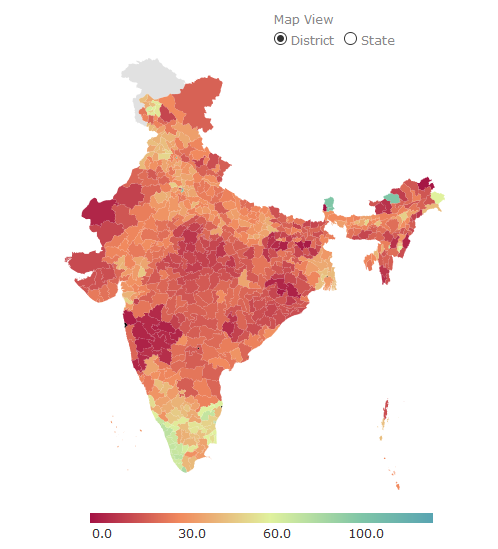
Leslie’s law v/s WhatsApp
Last month, WhatsApp, the messaging platform owned by Facebook, finally cleared all it’s hurdles to launch WhatsApp Pay, it’s payment feature built on the UPI stack. It got the nod from NPCI to expand to 10 million users.
WhatsApp’s decision to enter payments comes as a no-brainer given the phenomenal growth that UPI has had over the past years. Of the total spend on retail transactions, credit cards + debit cards + UPI + digital wallets accounted for 28.5%. As for number of transactions in online retail, UPI now dominates with 42% of all online transactions routed through it.
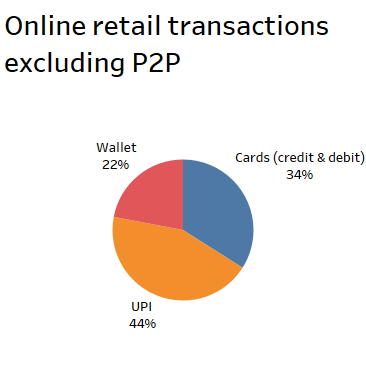
With Amazon, Google and now WhatsApp, not to forget all large banks, the space is crowded.
Leslie’s law, put bluntly says that when small meets large, small almost always wins. It does so, by creating a low-friction, high-fit and finish product.
In WhatsApp chat, it already has a low-friction, high-fit and finish product. Coupled with its distribution advantage, it is primed to overturn this law. Either ways, this is a space to keep an eye on as it is bound to get heated up with three giants actively competing directly against each other.
You can explore and download the entire NFHS-4 as well as RBI data on Gram.
In other news
With Ross Taylor joining the 279 men cricketers to score 100 hundreds, we profiled the esteemed group of centurions. In the backdrop of the mainstreaming of T20 cricket, the number of players to have played 100 tests is on the wane. Read our full story in Mint.
The National Council of Applied Economic Research (NCAER), supported by the Omidyar Network India released the Land Records and Services Index 2020 report on Friday. The assessment report on digitisation of land records is designed and visualised by How India Lives. Read the full report.
[activecampaign form=51]
